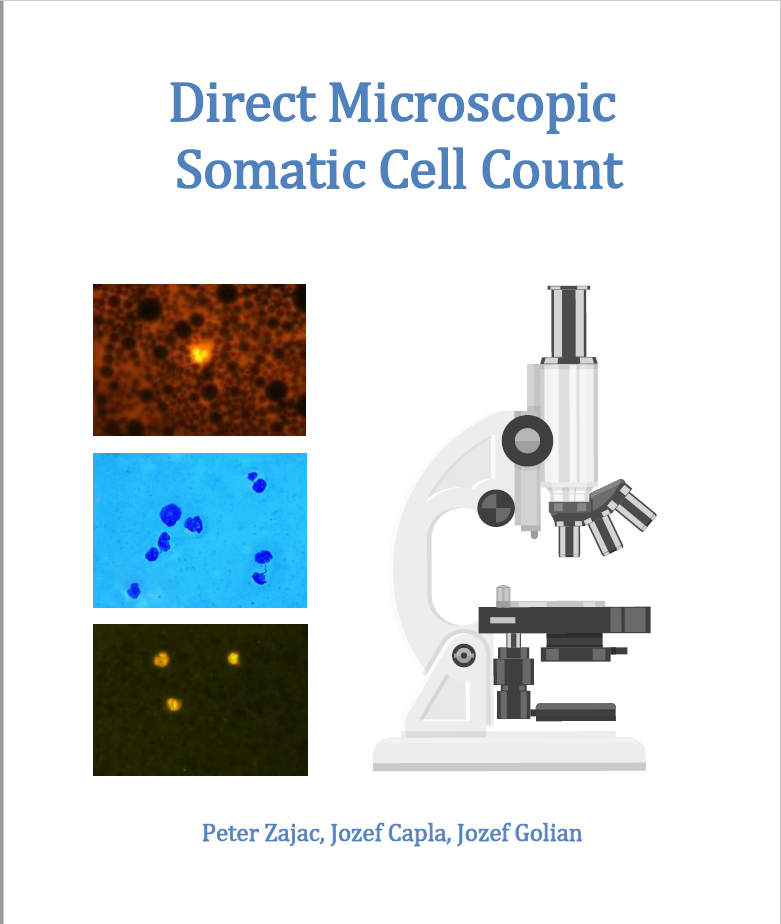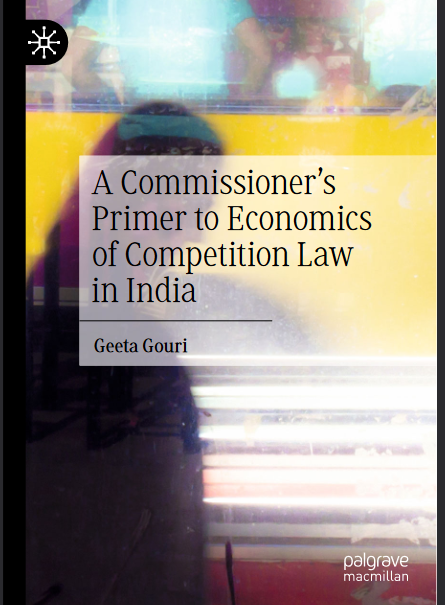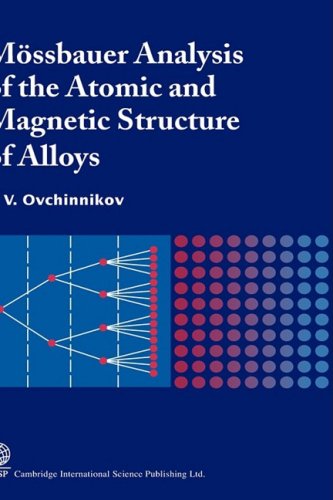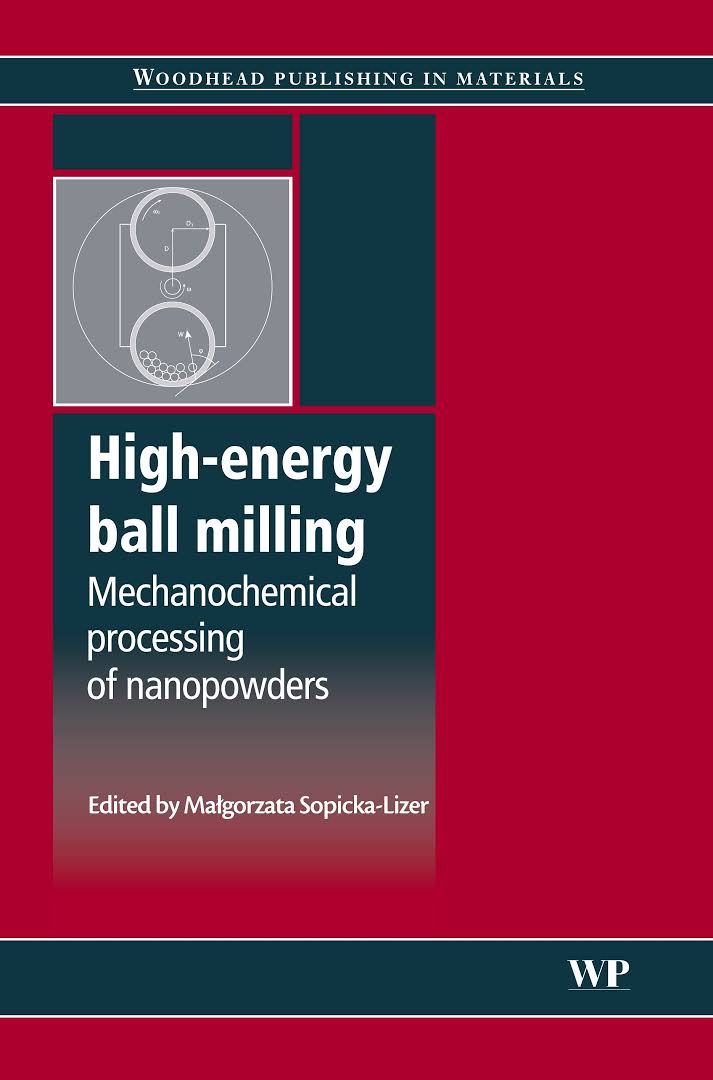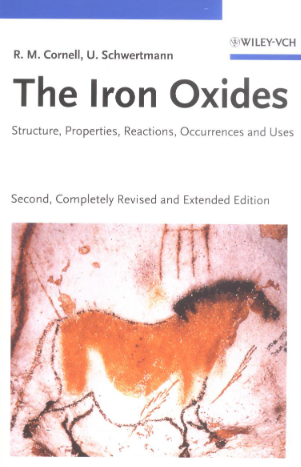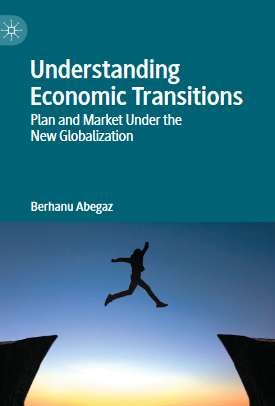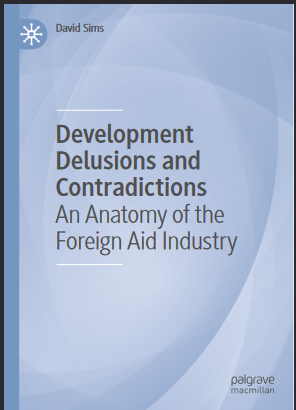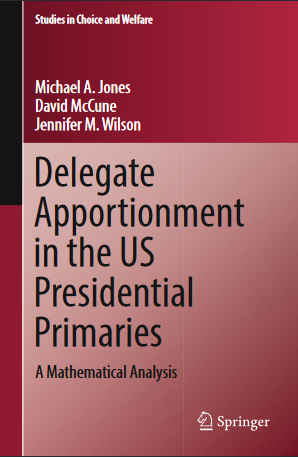موضوعات
آموزش و پرورش
ادبیات و زبان
پزشکی، دندانپزشکی و داروسازی
تاریخ و جغرافیا
داستان و رمان
دیگر
دین و فلسفه
روانشناسی
ریاضیات و آمار
سلامتی، تناسب اندام و رژیم غذایی
شیمی و پلیمر
علوم اجتماعی و حقوق
علوم زیستی و بیوتکنولوژی
فیزیک و نجوم
کامپیوتر و اینترنت
کتابهای کودکان و داستان
کسب و کار و اقتصاد
کشاورزی و دامپزشکی و غذا
معماری
مهندسی و فناوری
هنر و تئاتر
محصولات
Direct Microscopic Somatic Cell Count - Original PDF
نویسندگان: خلاصه: The direct microscopic somatic cell count (DMSCC) is microscopic count of the actual number of somatic cells in milk. A somatic cell is any biological cell forming the body of an organism. In dairy industry, the somatic cell count (SCC) is an indicator of the safety and quality of milk. Mastitis is an inflammation of the udder typically associated with microbial infection. The number of somatic cells increases in response to presence of pathogenic bacteria like Staphylococcus aureus, a cause of mastitis. Somatic cells (SC) are cells from the cow (predominantly white blood cells, otherwise known as leukocytes) that are normally present in milk. During most mastitis infections, the number of leukocytes present in the udder increases to help the cow, goat, ewe, camel, buffalo etc. to fight the infection. The SCC is quantified as cells per milliliter. General agreement rests on a reference range of less than 100,000 SC in ml for uninfected cows and greater than 250,000 SC in ml for cows infected with significant pathogen levels. There are several indirect and direct laboratory methods used for determination of somatic cells count in milk. Routine instrumental laboratory methods like flow cytometry have to be regularly calibrated using reference materials with a known concentration of somatic cells. The concentration of somatic cell count can be determined by reference microscopic method. The first microscopic procedure for examination of milk films was described in 1910 by Prescott and Breed. Staining of somatic cells was later modified by Newman, Lampert, Levowitz, Weber and other researchers. This microscopic method was processed into a normative form by the International Dairy Federation and later by International Standard Organisation. There are several possibilities to stain somatic cells. Somatic cells can be stained by dipping the dried smear on the slide in the modified Newman-Lampert methylene blue stain solution (cow’s milk and ewe’s milk) or methyl green-pyronin Y stain solution (goat’s milk) or by mixing the milk in reagent tube with ethidium bromide stain solution (milk from all species). Subsequently, the microscopic slide with fixed smear and stained cells is examined using a microscope or epifluorescence microscope with immersion oil objective at magnification 500× to 1000×. Somatic cells are counted in several microscopic fields. Consequently, the somatic cells count is calculated using one of several mathematical formulas listed in international standard. The direct microscopic somatic cell count method is suitable for precise laboratory analysis of somatic cell in raw milk. However, this microscopic method has some limitations that may influence the results of analysis. This book contains the theoretical and practical information about this laboratory method.A Commissioner’s Primer to Economics of Competition Law in India - Original PDF
نویسندگان: خلاصه: Open market functioning has many supporters as detractors biased in favor of regulation and competition rather than regulation and control. These divergent pulls frame the political economy of regulation and competition. Paradigm shifts in economic policies from regulation to competition is a layered process beset with distinguishing the process from regulating a sector to regulating markets for competitiveness. In India at least the processes are not sharply defined. Regulation has always been central to the industrial strategies adopted by the Government of India. Discussions on regulation per se contend with differing perspec- tives of welfare maximization of economic welfare and consumer harm. The underlying debates on industrial strategies preceding the shift to economic liberalization was on the opening of sectors to private invest- ments and the sequencing of reforms at the macro-level of current account versus capital account liberalization and at the micro-level of the sectors that need regulation on account of their economic charac- teristics of natural monopoly such as power sector and telecom (Geeta, 2020, 2017). The debate in these sectors was on the balance of power in the structure of designated regulatory body or sector commissions.1 The paradigm shift to an open economy and a market facilitator was much slower with the Competition Commission established a decade later. The debates were on agreements that result inappreciable effect on competi- tion to entry barriers legally created or market created to abuse of markeMossbauer analysis of the atomic and magnetic structure of alloys - Original PDF
نویسندگان: خلاصه: The monograph indicates the key problems that have to be solved for the further development of the Mossbauer methods for analysis of the nuclear and magnetic structure of alloys, and offer solution variants for some of these problems based on the generalised results of a wide range of theoretical and experimental investigations, including original work by the author of the book and his colleagues.We are proud boys - Epub + Converted PDF
نویسندگان: خلاصه: It was late in March 2016, in the heat of Trump’s presidential push, and the national media had latched onto one bit of security footage from a Trump event. The video showed Trump’s campaign manager, Corey Lewandowski, grabbing and pushing Breitbart writer Michelle Fields as she approached Trump and tapped his elbow. Fields claimed that Lewandowski left bruises on her arm. It was enough that police charged Lewandowski with simple battery, but prosecutors ultimately dropped the case. He shrugged off the allegation and the news cycle that followed, which left the pundits to bicker among themselves over the footage and decide whether an assault had occurred. McInnes, staring slack-jawed at the footage during an episode of his reactionary talk show, couldn’t believe it warranted media attention in the first place. A woman touched a presidential candidate and got what was coming to her, he argued. If anything, she deserved more. “She wasn’t randomly grabbed!” he groused, his voice pitching upward in aggravation as the video played. “I think there’s not enough violence in today’s day and age.” McInnes then launched into one of his signature rants, steering the conversation toward his keynote: America had gone soft in the waning years of Barack Obama’s presidency, and there was no better evidence than the news media clutching its pearls over a woman being grabbed and pushed out of the way. Real Americans—real men—wouldn’t give this story the time of day. Real men are hardened by a lifetime of violenceHigh-energy ball milling Mechanochemical processing of nanopowders - Original PDF
نویسندگان: خلاصه: Nanotechnology is an area of science and technology where dimensions and toler- ances in the range of 0.1 nm to 100 nm play a critical role. Nanotechnology encom- passes precision engineering as well as electronics, electromechanical systems and mainstream biomedical applications in areas as diverse as gene therapy, drug deliv- ery and novel drug discovery techniques. Nanostructured materials present exciting opportunities for manipulating structure and properties at the nano scale and the ability to engineer novel structures at the molecular level has led to unprecedented opportunities for materials design. This new book provides detailed insights into the synthesis/structure and property relationships of nanostructured materials. This is a valuable book for materials scientists, mechanical and electronic engineers and medical researchers.The Iron Oxides Structure, Properties, Reactions, Occurences and Uses - Original PDF
نویسندگان: خلاصه: Preface to the Second Edition Since this book first appeared, there have been hundreds of new publications on the subject of iron oxides. These have covered a wide range of disciplines including sur- face chemistry, the geosciences, mineralogy, environmental science and various branches of technology. In view of the amount of new material that is available, we decided, that once the copies of the first edition were exhausted, we would prepare a second edition that would incorporate the new developments. As before, our aim has been to bring all aspects of the information concerning iron oxides into a single, compact volume. All the chapters have been revised and up- dated and new figures and tables added. The book is structured according to topic with the same arrangement as in the first edition being followed. In view of the re- cent recognition of the impact iron oxides have on environmental processes, a chap- ter dealing with the environmental aspects of these compounds has been added. The book concludes with a considerably expanded bibliography. We hope that this new edition will continue to be of interest to all those research- ers who, in one way or another, are involved with iron oxides. Numerous persons and institutions from around the world again supplied data, figures, colour pictures and electron micrographs and technical help. These include Dr. H. Chr. Bartscherer (Mçnchen), Mr M. Burlot (Apt), Dr. R. Båumler and Dr. Be- cher (Freising), Mr H. Breuning (Stuttgart), Dr. J. M. Bigham (Columbus, USA), Dr. G. Buxbaum (Bayer), Dr. L. Carlson (Helsinki), Dr. R. A. Eggleton (Canberra), Dr. F. G. Ferris (Toronto), Dr. R. W. Fitzpatrick (Adelaide), Dr. D. Fortin (Ottawa), Dr. M. R. Fontes (Guatemala), Professor R. Giovanoli (Bern), Dr. G. Glasauer (Guelph), Dr. M. Hanslick (Mçnchen), Dr. P. Jaesche (Freising), Dr. A. A. Jones (Reading), Dr. R. C. Jones (Honolulu), Dr. D. E. Janney (Tempe), Dr. R. Loeppert (College Station), Professor S. Mann (Bristol), Dr. E. Murad (Marktredwitz), Dr. H. Maeda (Tsukuba), Professor A. Manceau (Grenoble), Professor E. Matijevic (Potsdam, USA), Mrs U. Maul (Freising), Dr. J. P. Muller (Paris), Muse National de Prhistoire (Les Eyzies, France), Mr R. Miehler (Mçnchen), Dr. T. Nagano (Naka), Dr. H. Naono (Uegahara), NASA (Houston), Professor A. Posner { (Perth), Mrs M. Sauvet (Apt), Dr. N. Sabil (Mçnchen), Dr. P. Schad (Freising), Dr. A. Schei- degger (Zçrich), Dr. T. Schwarz (Berlin), Dr. A. Scheinost (Zçrich), Dr. D. Schçler (Bremen), D. Schwertmann (Freising), Professor H. Stanjek (Aachen), Dr. P. Self (Adelaide), Professor T. Sugimoto (Sendai), Dr. K. Tazaki (Ishikawa), Dr. T. TessieUnderstanding Economic Transitions - Original PDF
نویسندگان: خلاصه: Around 1990, about a quarter of the world’s population lived in middle-income socialist economies and another quarter in high-income and middle-income cap- italist economies. The remainder lived in low-income economies with varying admixtures of planning, markets, and informal exchange institutions. Forty years later, the remaining outposts of socialism are Cuba and North Korea, while a few others (mainly in the former states of the Soviet Union) wallow in the no man’s land of neither functional capitalism nor socialism. The USSR sustained seven decades of statist socialism between 1922 and 1992, Central Eastern Europe (CE) and Southeastern Europe (SEE) for nearly five decades, and China for a little over three decades. By 2000, nearly all have systemically “transitioned” from a centrally-planned economy to some form of a decentrally organized market economy. How and why large parts of Europe, Eurasia, and East Asia transitioned out of the capitalist system in 1917–1952, how they managed to industrialize in non-market settings, and how and why they came back to the capitalist fold are questions comparative economic systems seek to address. Furthermore, this wrenching structural change entailed a concomitant political transition from a monoparty system to an illiberal multiparty system in formerly socialist Europe and the former Soviet Union (FSU). Comparative Economic Systems (CES) focuses on the workings of institu- tional economic mechanisms across economic systems and income levels. CES, at the macro-, meso-, and micro-levels, dwells on the two foundations of an economic system: ownership types for productive assets (state vs. private) and the degree of centralization of decision-making over resource allocation and income distribu- tion (plan vs. market). The conceptual entry points are incentives (known rewards or residual legatee rights) and the sources of discipline (bureaucratic-based or market-based competition). More broadly, Comparative Economics (CE), which is broader than CES, melds the study of economic systems with historical insti- tutionalism and development economics to explore the determinants of prosperity and inequality properties over time and across economic space within a given economic systemThe Pearl of the East The Economic Impact of the Colonial Railways in the Age of High Imperialism in Southeast Asia - Original PDF
نویسندگان: خلاصه: During the last decades of the nineteenth century until the 1930s, economic growth in Southeast Asia (we understand Southeast Asia at the end of the nineteenth century: Burma, British colony, Thailand or inde- pendent Siam, Malaysia British colony, Indonesia or Dutch East Indies, Dutch colonies, Indochina, French colonies and the Philippines, Spanish colonies until the end of the century, and from 1898 onwards, American colonies until independence) was a common fact among the economies of the region, despite finding differences in the growth patterns of different countries. Particularly relevant are the studies of Maddison, who analyze Indochina and the Dutch East Indies (Maddison 1990, p. 364). In the case of the Philippines, the most relevant growth model studies are provided by Hooley, with an attempt to explain the growth of the Philip- pines (Hooley 2005, pp. 464–488) and Booth, who emphasizes the analysis of the impact of the provision of new land for the plantation economy in the Philippine archipelago (Booth 2007, pp. 241–266). It should also be noted that these models often work with partially estimated data for dates for which there are no historical references, particularly when data from more remote areas must be covered. In the case of the Philippines, we have worked with data from engineering and execution projects for the Spanish period, and census data for the North American periodDevelopment Delusions and Contradictions An Anatomy of the Foreign Aid Industry - Original PDF
نویسندگان: خلاصه: xix Around 1700 almost everyone on earth was poor or destitute, and Thomas Hobbes’ phrase about life as “poor, nasty, brutish and short” certainly hit the mark. Perhaps only one-tenth of the world’s population was living what could be considered anywhere near comfortable lives. At least, this is what most economic historians will tell you. Jumping ahead 250 years, one could definitely say two completely dif- ferent worlds had emerged—a prosperous West and a definitely lagging Rest. The reasons for this ascendency of the West were due to processes and factors that, even today, are not well understood, but this huge West– Rest economic divide led to the realization that this gap was one of the great issues of the times, one that needed to be addressed as part of any new world order. Thus, by 1950 it could be said that the Development Era began. Some 70 years later, after untold machinations and lots and lots of money, the West is still very much at it. Western nations and institutions constructed increasingly sophisticated systems to redress this divide, based originally on the idea that transposed expertise and capital was what was needed to help nations build modern economies, to prosper, and eventually to be self-sustaining. Not only would these ‘emerging’ nations become partners in global prosperity; they would become great consumers as well and, through the miracles of free trade, economies of scale and comparative advantage, the West as well as the Rest would benefit. Yet what sounded so clear and noble back at the start of the Development Era, and what has remained, at least ostensibly, the philosophical bedrock of helping poor nations, has had to face a very rocky road, to say the leasDelegate Apportionment in the US Presidential Primaries A Mathematical Analysis - Original PDF
نویسندگان: خلاصه: The purpose of this book is to examine the mathematics of the delegate allocation process in the US presidential primaries. The US presidential primaries are a series of state elections held every four years that determine the Democratic and Republican Parties’ nominees for president in the general election. Presidential candidates in each party are awarded delegates based on their shares of the vote in each state contest. At the end of the primary season, each party holds a national convention. The candidate with a majority of state delegates, after one or more rounds of voting, is selected to be the party’s nominee for president. From a mathematical standpoint, the question of how to allocate delegates is largely a problem of apportionment. Apportionment problems arise when a fixed quantity (such as a number of delegates) must be divided among several constituents (such as candidates) in proportion to some attribute (such as vote share), so that each portion is a whole number. Since delegates are individuals and cannot be divided, their allocation is a matter of apportionment. Apportionment or similar allocation problems occur at multiple stages in the delegate selection process from determining how many delegates each state receives, and how they should be divided between statewide and district delegates, to determining what happens after each primary when the delegates must be awarded to the candidates based on how well they do in the election. Apportionment has been well-studied in the context of allocating state represen- tatives to the US House of Representatives in proportion to state populations. It has also been widely analyzed for its role in proportional representation systems where party seats are awarded to parties based on the vote distribution. It is less well-known in the case of apportioning delegates in the US primaries. Thus the examination of apportionment applied to delegate allocation involves both an identification and anal- ysis of new apportionment methods as well as an evaluation of old and new criteria by which to evaluate their properties. The goal of this book is to do both. We have spent several years researching delegate allocation in presidential primaries and were inspired to write this volume because of the interesting aspects of apportionment arising in this context. The book’s vii viii Preface origin can be traced to 2016, when we observed that the 2016 Georgia Repub- lican party adopted an apportionment method for its state primary that was unique and perhaps the most interesting method we had encountered. This motivated us to investigate the methods used by other state parties, many of which are new, and to consider how the allocation of delegates is affected by elimination thresholds—the minimum levels of support required to receive delegates—and the overall structure of the state delegates selection plans in which delegates are apportioned based on vote distributions in each district and statewide. This led us also to consider how the goals of delegate apportionment differ from that of house or party apportionment— most noticeably in that the state primaries occur over time, and that the end result is not political representation but the declaration of a winner. This means that the usual criteria for evaluating apportionment need to be rethought in an effort to deter- mine what features of traditional apportionment theory are most relevant to delegate apportionment and which features are not.آیا کتاب مورد نظر هنوز بر روی سایت قرار نگرفته است؟ جای نگرانی نیست! کافی است بر روی گزینه سفارش کتاب کلیک کرده و درخواست خود را ثبت کنید. در کمتر از چند ساعت کتاب شما را آماده خواهیم کرد.
